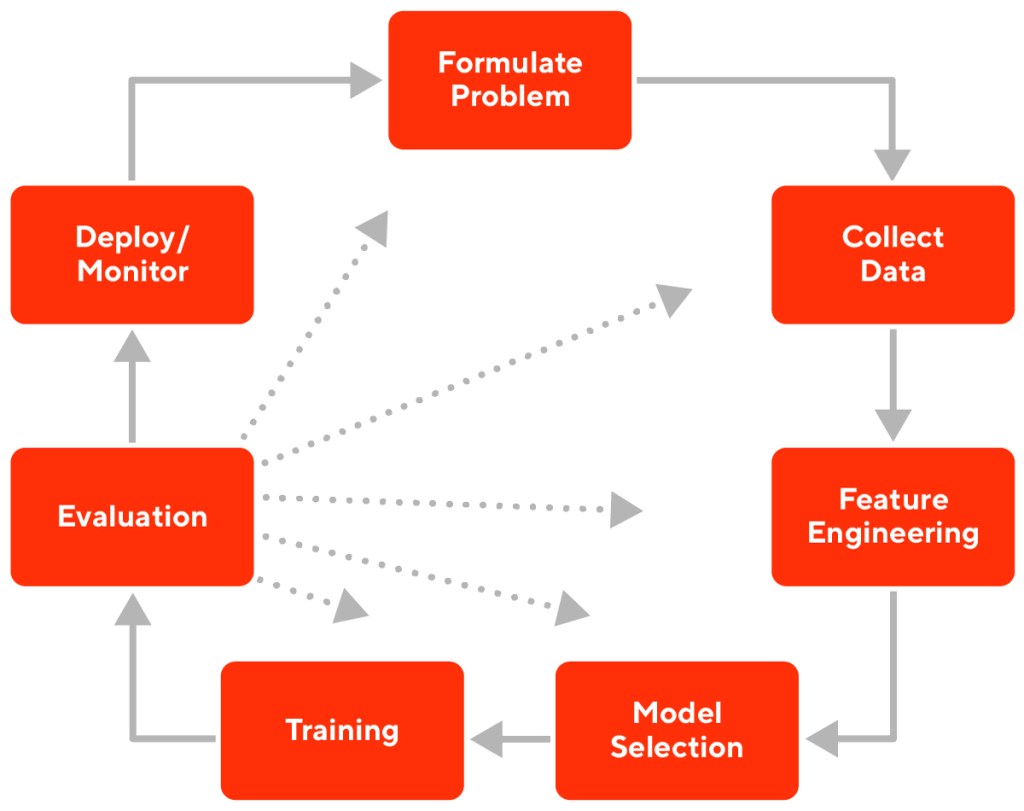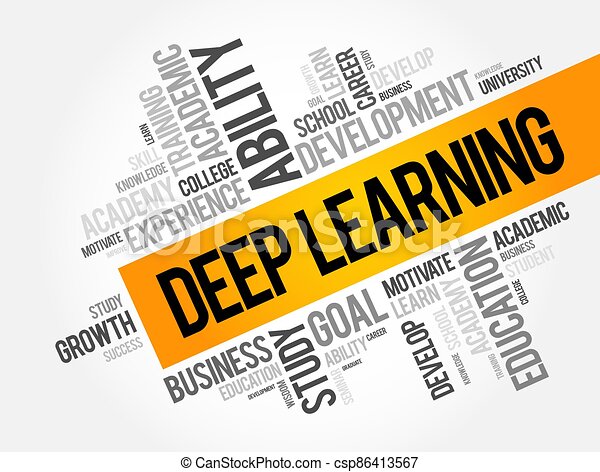
The term MLOps is a compound of two practices: machine learning and continuous development, or DevOps. It refers the ongoing operation of machine-learning applications. These are key to a successful ML deployment. You can improve the quality and accuracy your software by using machine learning to produce automated machine-learning apps. Learn how to setup and manage ML operations for optimal results.
Machine learning operations
Companies are increasingly turning to technology such as Deep Learning and Artificial Intelligence (ML) to improve decision-making and automate processes. To stay ahead of your competition, your company must embrace MLOps in order to maximize its impact. Machine learning can help enterprises improve decision-making processes and streamline production and supply chains. But to make it work, your company must understand how MLOps work and adopt the right strategies to make it work for you.

Model deployment
ML operations refers to a series of processes that allow you to deploy and maintain Machine Learning (ML), models in production environments. After being trained and deployed, ML models often remain in proof-of-concept and soon become stale because of changes to the source data. This is often necessary to rebuild the model and track model performance and hyperparameters. To achieve the best ML results, model operations are necessary.
Model monitoring
Model monitoring can play a vital role in machine learning and operations. This helps to ensure that models are operating correctly and is used to troubleshoot issues. A live data stream is the best way to track performance changes. You can then create custom notifications to notify you of any significant changes. You can then solve any problem quicker and more efficiently. Here are some helpful tips to help you set-up and maintain model monitoring in the operations.
Configuration of ML models
The first step in deploying a machine learning (ML) model is to train it. The next step is to deploy it into production. This involves several components, including Continuous integration and Continuous delivery. The pipeline can be set up to perform continuous testing and can be configured to incorporate metadata management and automated data validation. This is an essential step towards ensuring a high quality model. It is easy to forget about configuration during the ML pipeline installation process.
Validation of data
Validating ML models is an essential part of the ML process. Predictions should match real-life data when a model is built from training data. Comparison of the production data and the training data will help ensure that the model accurately predicts the value for a given feature. This allows the model to be validated before it is deployed into production. This data validation process involves several steps.

Change management
MLOps implementations need change management strategies. You need to take into account many aspects, such as your organization's maturity levels and existing processes. MLOps can be a success if you only focus on a few key areas. MLOps organizations should concentrate on model reproducibility when they are starting out. For true reproducibility to be achieved, you need to carefully implement source control management processes, model portability and registrations. To start, organizations can implement source control management processes for the data science team.
FAQ
What does AI mean today?
Artificial intelligence (AI) is an umbrella term for machine learning, natural language processing, robotics, autonomous agents, neural networks, expert systems, etc. It's also known by the term smart machines.
Alan Turing created the first computer program in 1950. He was curious about whether computers could think. He suggested an artificial intelligence test in "Computing Machinery and Intelligence," his paper. The test tests whether a computer program can have a conversation with an actual human.
John McCarthy introduced artificial intelligence in 1956 and created the term "artificial Intelligence" through his article "Artificial Intelligence".
Today we have many different types of AI-based technologies. Some are very simple and easy to use. Others are more complex. They include voice recognition software, self-driving vehicles, and even speech recognition software.
There are two major categories of AI: rule based and statistical. Rule-based uses logic in order to make decisions. An example of this is a bank account balance. It would be calculated according to rules like: $10 minimum withdraw $5. Otherwise, deposit $1. Statistics is the use of statistics to make decisions. To predict what might happen next, a weather forecast might examine historical data.
Are there risks associated with AI use?
Of course. They always will. AI is seen as a threat to society. Others argue that AI can be beneficial, but it is also necessary to improve quality of life.
AI's misuse potential is the greatest concern. Artificial intelligence can become too powerful and lead to dangerous results. This includes things like autonomous weapons and robot overlords.
AI could also replace jobs. Many fear that robots could replace the workforce. Others think artificial intelligence could let workers concentrate on other aspects.
For instance, some economists predict that automation could increase productivity and reduce unemployment.
How will governments regulate AI?
While governments are already responsible for AI regulation, they must do so better. They should ensure that citizens have control over the use of their data. Aim to make sure that AI isn't used in unethical ways by companies.
They also need to ensure that we're not creating an unfair playing field between different types of businesses. Small business owners who want to use AI for their business should be allowed to do this without restrictions from large companies.
Is there another technology which can compete with AI
Yes, but this is still not the case. There are many technologies that have been created to solve specific problems. But none of them are as fast or accurate as AI.
Which industries are using AI most?
Automotive is one of the first to adopt AI. BMW AG uses AI, Ford Motor Company uses AI, and General Motors employs AI to power its autonomous car fleet.
Other AI industries include insurance, banking, healthcare, retail and telecommunications.
Statistics
- That's as many of us that have been in that AI space would say, it's about 70 or 80 percent of the work. (finra.org)
- According to the company's website, more than 800 financial firms use AlphaSense, including some Fortune 500 corporations. (builtin.com)
- Additionally, keeping in mind the current crisis, the AI is designed in a manner where it reduces the carbon footprint by 20-40%. (analyticsinsight.net)
- A 2021 Pew Research survey revealed that 37 percent of respondents who are more concerned than excited about AI had concerns including job loss, privacy, and AI's potential to “surpass human skills.” (builtin.com)
- By using BrainBox AI, commercial buildings can reduce total energy costs by 25% and improves occupant comfort by 60%. (analyticsinsight.net)
External Links
How To
How to get Alexa to talk while charging
Alexa is Amazon's virtual assistant. She can answer your questions, provide information and play music. It can even hear you as you sleep, all without you having to pick up your smartphone!
Alexa can answer any question you may have. Just say "Alexa", followed up by a question. Alexa will respond instantly with clear, understandable spoken answers. Alexa will improve and learn over time. You can ask Alexa questions and receive new answers everytime.
You can also control lights, thermostats or locks from other connected devices.
Alexa can adjust the temperature or turn off the lights.
Alexa to Call While Charging
-
Step 1. Turn on Alexa Device.
-
Open Alexa App. Tap Settings.
-
Tap Advanced settings.
-
Select Speech Recognition
-
Select Yes, always listen.
-
Select Yes, wake word only.
-
Select Yes, then use a mic.
-
Select No, do not use a mic.
-
Step 2. Set Up Your Voice Profile.
-
Enter a name for your voice account and write a description.
-
Step 3. Step 3.
Followed by a command, say "Alexa".
Example: "Alexa, good Morning!"
Alexa will answer your query if she understands it. Example: "Good Morning, John Smith."
If Alexa doesn't understand your request, she won't respond.
Make these changes and restart your device if necessary.
Notice: If you modify the speech recognition languages, you might need to restart the device.